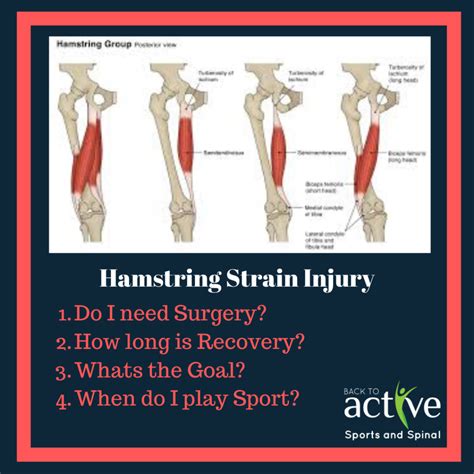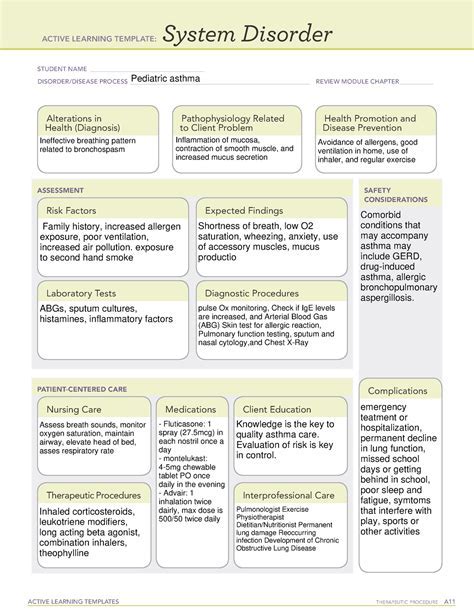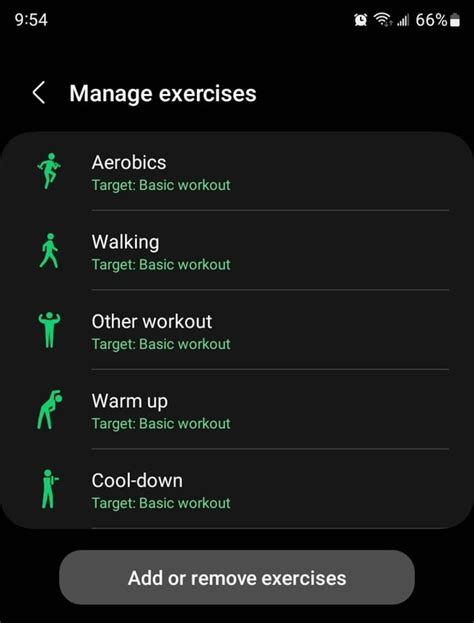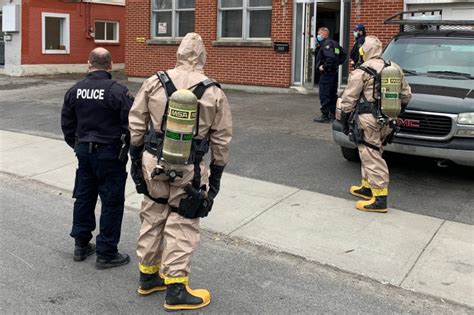Intro
Learn effective hamstring strain treatment and recovery methods, including exercises, stretches, and rehabilitation techniques to alleviate pain and prevent future injuries, promoting optimal muscle healing and strength.
Hamstring strains are a common injury that can occur to anyone, regardless of their age or fitness level. They are particularly prevalent among athletes who participate in sports that involve sprinting, jumping, and quick changes of direction. The hamstring muscles, which are located at the back of the thigh, play a crucial role in movements such as running, walking, and climbing stairs. When these muscles are stretched beyond their limits or torn, it can lead to a hamstring strain. In this article, we will delve into the world of hamstring strain treatment, exploring the various options available to help you recover from this injury.
Hamstring strains can be painful and debilitating, making it challenging to perform everyday activities. The severity of the injury can vary, ranging from mild to severe, and it is essential to seek medical attention if you suspect that you have suffered a hamstring strain. A proper diagnosis and treatment plan can help you recover quickly and reduce the risk of further injury. With the right approach, you can get back to your normal activities and enjoy the things you love without the burden of a hamstring strain.
The importance of seeking medical attention for a hamstring strain cannot be overstated. A healthcare professional can assess the severity of the injury and provide a personalized treatment plan. This may include a combination of rest, ice, compression, and elevation, as well as physical therapy and exercises to strengthen the hamstring muscles. In some cases, medication may be prescribed to manage pain and inflammation. By seeking medical attention, you can ensure that you receive the best possible care and minimize the risk of long-term damage.
Understanding Hamstring Strains

To develop an effective treatment plan, it is essential to understand the causes and symptoms of hamstring strains. Hamstring strains occur when the muscles or tendons in the back of the thigh are stretched or torn. This can happen suddenly, such as when you sprint or jump, or it can occur gradually over time due to repetitive strain. The symptoms of a hamstring strain can vary depending on the severity of the injury but may include pain, swelling, bruising, and limited mobility.
Symptoms of Hamstring Strains
The symptoms of a hamstring strain can be immediate or delayed, and they may include: * Pain or tenderness in the back of the thigh * Swelling or bruising in the affected area * Limited mobility or stiffness in the leg * Weakness or fatigue in the hamstring muscles * A snapping or popping sound at the time of injuryTreatment Options for Hamstring Strains

The treatment options for hamstring strains depend on the severity of the injury. Mild hamstring strains may be treated with rest, ice, compression, and elevation, while more severe injuries may require physical therapy, exercises, and medication.
Conservative Treatment
Conservative treatment options for hamstring strains include: * Rest: Avoiding activities that aggravate the injury and giving the hamstring muscles time to heal * Ice: Applying ice to the affected area to reduce pain and inflammation * Compression: Using a compression bandage to reduce swelling * Elevation: Elevating the leg above the level of the heart to reduce swelling * Physical therapy: Performing exercises and stretches to strengthen the hamstring muscles and improve flexibilityExercises for Hamstring Strains

Exercises play a crucial role in the treatment and prevention of hamstring strains. Strengthening the hamstring muscles can help to reduce the risk of injury and improve overall mobility. Some exercises that can help to strengthen the hamstring muscles include:
- Squats: Standing with your feet shoulder-width apart and lowering your body down into a squat
- Lunges: Standing with your feet together and taking a large step forward with one foot
- Leg curls: Sitting on a leg curl machine and curling your legs up towards your glutes
- Leg press: Sitting on a leg press machine and pushing the platform away from you with your feet
Prevention Strategies
Preventing hamstring strains is essential to reduce the risk of injury and improve overall mobility. Some prevention strategies include: * Warming up before exercise: Performing a warm-up routine to prepare the muscles for activity * Stretching: Stretching the hamstring muscles before and after exercise to improve flexibility * Strengthening the core: Strengthening the core muscles to improve overall stability and reduce the risk of injury * Gradually increasing intensity: Gradually increasing the intensity of exercise to avoid sudden strain on the musclesMedication and Therapy

In some cases, medication and therapy may be necessary to treat a hamstring strain. Pain relief medication, such as acetaminophen or ibuprofen, can help to manage pain and inflammation. Physical therapy can also be beneficial in improving mobility and strengthening the hamstring muscles.
Physical Therapy
Physical therapy can play a crucial role in the treatment of hamstring strains. A physical therapist can help to: * Improve mobility and flexibility * Strengthen the hamstring muscles * Enhance overall stability and balance * Develop a personalized exercise program to reduce the risk of further injurySurgery and Recovery

In severe cases of hamstring strains, surgery may be necessary to repair the damaged muscles or tendons. The recovery process can be lengthy, and it is essential to follow a rehabilitation program to ensure proper healing and reduce the risk of further injury.
Recovery Timeline
The recovery timeline for a hamstring strain can vary depending on the severity of the injury. Generally, the recovery process can take several weeks to several months. It is essential to be patient and follow a rehabilitation program to ensure proper healing and reduce the risk of further injury.What are the symptoms of a hamstring strain?
+The symptoms of a hamstring strain can include pain, swelling, bruising, and limited mobility in the affected area.
How can I prevent a hamstring strain?
+Preventing a hamstring strain can be achieved by warming up before exercise, stretching the hamstring muscles, strengthening the core, and gradually increasing the intensity of exercise.
What are the treatment options for a hamstring strain?
+The treatment options for a hamstring strain can include rest, ice, compression, and elevation, as well as physical therapy, exercises, and medication.
How long does it take to recover from a hamstring strain?
+The recovery timeline for a hamstring strain can vary depending on the severity of the injury, but it can take several weeks to several months to fully recover.
Can I still exercise with a hamstring strain?
+It is essential to avoid activities that aggravate the injury and to follow a rehabilitation program to ensure proper healing and reduce the risk of further injury.
In conclusion, hamstring strains are a common injury that can be painful and debilitating. However, with the right treatment and prevention strategies, you can reduce the risk of injury and improve overall mobility. By understanding the causes and symptoms of hamstring strains, you can take the necessary steps to prevent and treat this injury. Remember to seek medical attention if you suspect that you have suffered a hamstring strain, and follow a rehabilitation program to ensure proper healing and reduce the risk of further injury. We hope this article has provided you with the necessary information to take control of your hamstring health. If you have any further questions or concerns, please do not hesitate to comment below or share this article with your friends and family.
